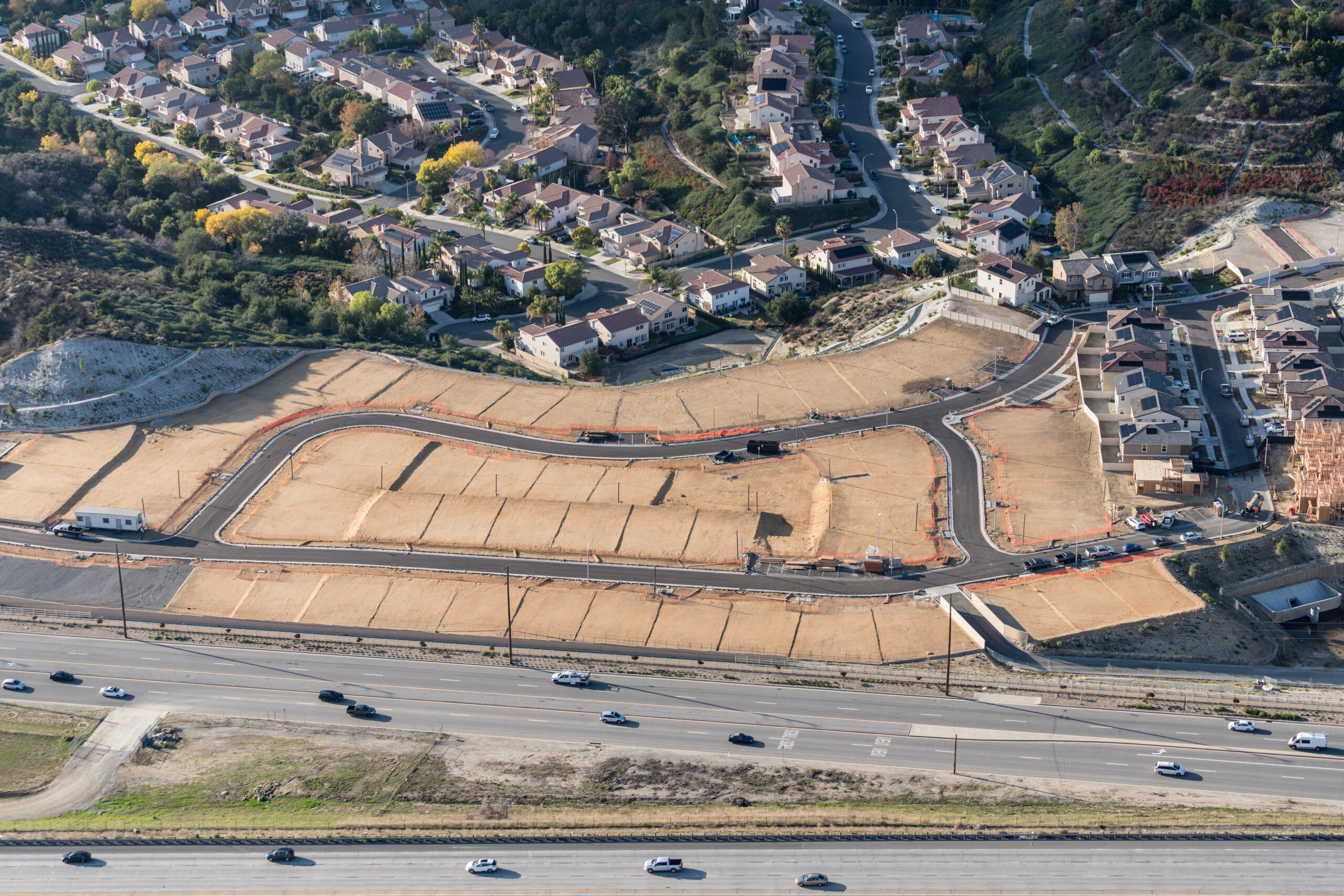The Citywide Housing Incentive Program mainly eases regulations in high-density residential neighborhoods and commercial corridors. According to City News Service, “The ordinance is aimed at encouraging developers to build more affordable housing units in exchange for certain breaks on their projects, such as heights and parking regulations.” It provides further benefits for 100% affordable housing developments.
The biggest flaw is that the council refused to extend these changes to areas of the city currently zoned for single-family residences, which happen to make up over 70% of the city’s residential land. Councilmember Nithya Raman proposed amending the plan to allow more apartments near transit in some single-family zones, but that was spiked by a majority of her colleagues.
This then puts all the pressure on a small subset of the city to generate more housing, which might work on paper but probably won’t work in reality. On paper, the plan accommodates much more housing to be built over the coming years. But researchers at UCLA warn that much of the new capacity is unlikely to be realized due to the design and constraints of the plan.
“When zoning prohibits redevelopment in stronger markets such as Rancho Park and Atwater Village, dwelling units not built in these neighborhoods are not replaced one-for-one in weaker-market neighborhoods where redevelopment is permitted, like Koreatown and Downtown,” researchers Shane Phillips and Aaron Barrall explain in their report.
“Some units, or perhaps most, are not built at all, and overall housing production declines. This is especially true when capacity is concentrated in high-rise zones, which have the highest construction costs and require the highest rents to be financially feasible,” they added. Accordingly, they project that while the zoning updates will indeed yield some more housing, it’ll be far less housing than is needed and much less than is allowed on paper.
The city’s housing crunch is entirely of its own choosing. City leaders continue to bend the knee to NIMBYs (Not In My Back Yarders) and hold back on extending sensible reforms across the city’s residential areas. We’ve seen this not only on the zoning front, but in the city’s (or really the mayor’s) efforts to reform the city’s permitting processes.
Upon taking office in 2022, Mayor Karen Bass issued Executive Directive 1, which ordered the streamlining of affordable housing developments in the city. After initial successes, though, Bass has gradually walked ED 1 back, excluding projects in single-family neighborhoods and in Historic Preservation Overlay Zones from regulatory relief.
The city just refuses to do what it knows it needs to do. And that’s having real world consequences. The city of Los Angeles saw a sharp drop (30.7%) in residential permits in the first three quarters of the year, according to an analysis by Hilgard Analytics and Zenith Economics. A recent economic analysis commissioned by the Western States Regional Council of Carpenters flagged the city’s bureaucracy as one major hurdle.
“There is a lengthy and complicated entitlement process to move new projects forward; even ‘streamlined’ approval pathways can take months, and housing providers would rather choose statewide programs because they offer greater confidence regarding outcome and timing,” they note, based on their communications with homebuilders.
Researchers also flagged Los Angeles’ Measure ULA, a 2022 voter-approved tax on real estate sales above $5 million, as a “punitively expensive” knock against housing providers. “ULA adds to an already challenging cost environment, in which land, labor, and materials have never been more expensive,” the analysis notes.
In addition, the analysis noted that as the city has added more constraints on ED 1, developers have become less interested in the program. “Developers respond most to flexibility,” they explain and, “as the city has added constraints, such as limiting applicants to five off-menu incentives, interest in the program has declined.”
The carpenters said all this to make the case for a pathway in which developers would get more flexibility and regulatory relief so long as developers opt for union labor. Setting their particular recommendation aside, everything else they said points in the right direction.
If the city of Los Angeles wants to get more housing, it needs to extend regulatory relief to developers across the city, allow apartments and greater density generally in single-family zones, repeal Measure ULA and stop panicking over NIMBY pushback. It definitely won’t do this any time soon, but it should also end its decades-long experiment with rent control, which obviously hasn’t made housing more affordable in Los Angeles and has only suppressed housing construction.
Anything short of that is just counterproductive and contributing to the city’s housing crisis.
Sal Rodriguez is opinion editor for the Southern California News Group and a senior fellow with the Pacific Research Institute. He is the author of Dynamism or Decay? Getting City Hall Out of the Way, published by the Pacific Research Institute.

